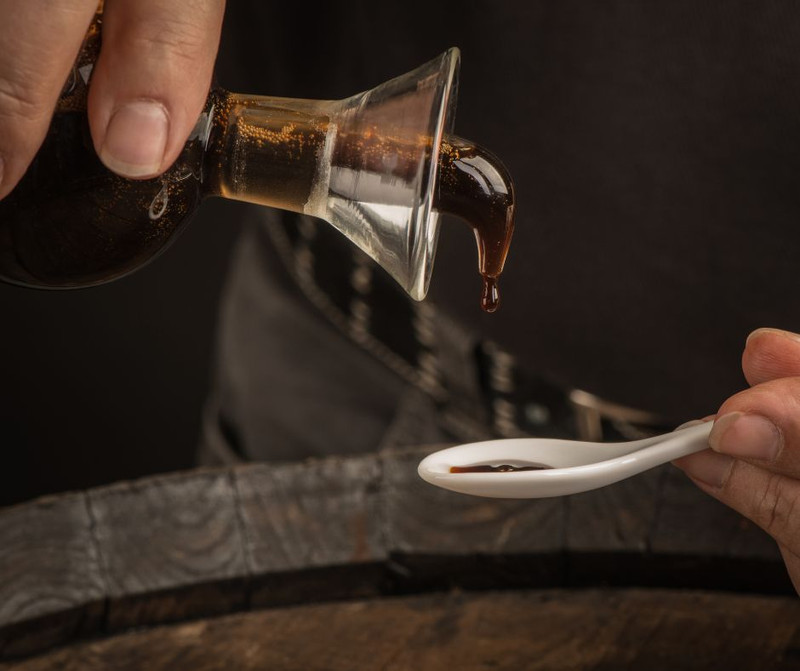- Legacy: Balsamic vinegar’s origins trace back to Roman times, with references to grape must reduction and preservation.
- Noble Tradition: For centuries, only aristocratic families in Modena and Reggio Emilia produced and aged balsamic as a prized family heirloom.
- Historic Gift: Balsamic was once given as a royal gift, symbolizing wealth and prestige.
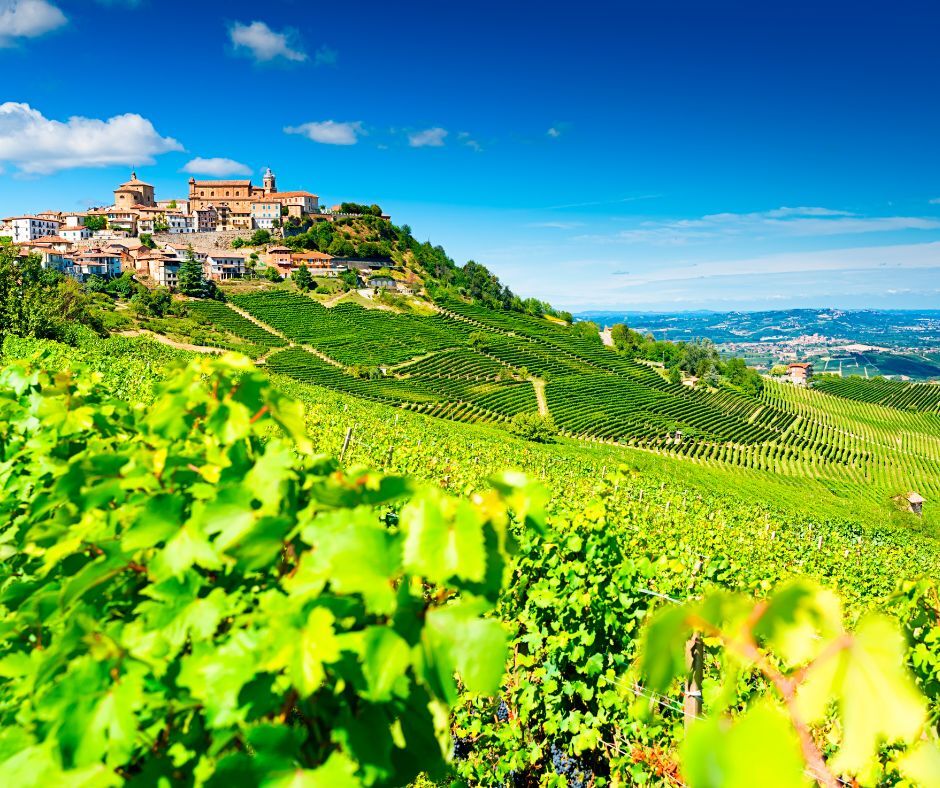
- Protected Designation: Only vinegar made in Modena or Reggio Emilia using traditional methods can be labeled “Aceto Balsamico Tradizionale.”
- Ingredients: 100% cooked grape must (often Lambrusco or Trebbiano grapes), with no added caramel or thickeners for traditional balsamic.
- Aging: Aged in a series of wooden barrels—cherry, oak, juniper, chestnut—often for 12, 18, or even 25 years.
- Flavor Profile: Deeply complex—sweet, tart, woody, and rich, with a syrupy consistency and lingering finish.
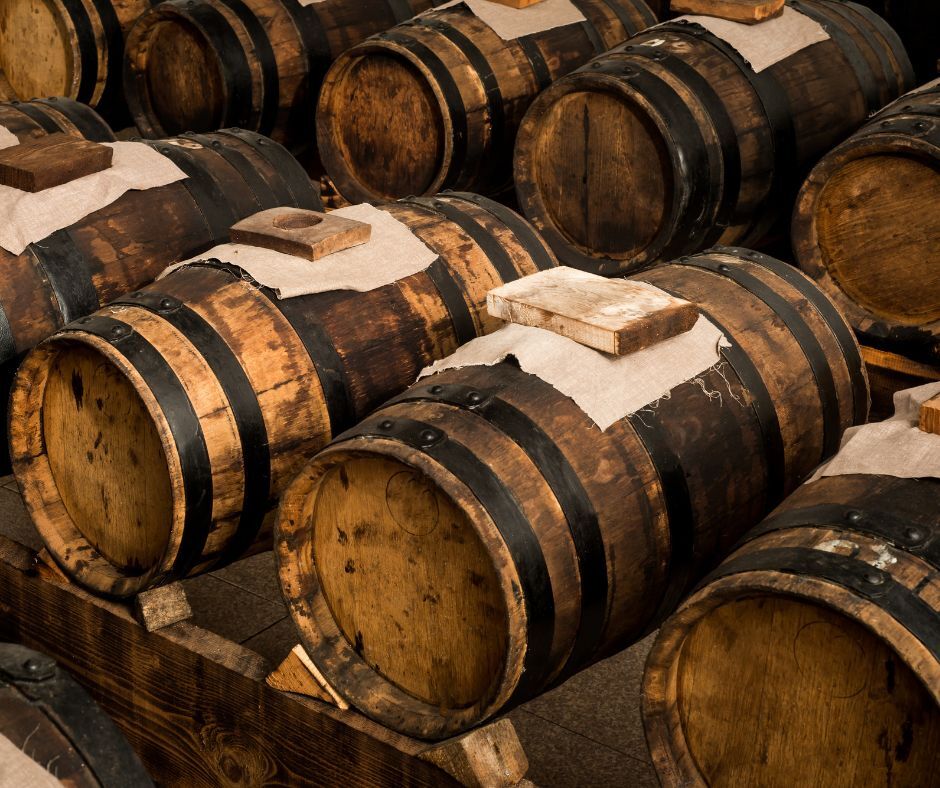
- Harvest: Grapes are harvested at peak ripeness, then gently pressed and simmered to create grape must.
- Fermentation: The must ferments naturally, developing acidity and complexity.
- Aging: The vinegar is transferred through a “batteria” of progressively smaller barrels, each imparting unique flavors and aromas.
- Time: True traditional balsamic requires patience—often decades of aging and careful stewardship.
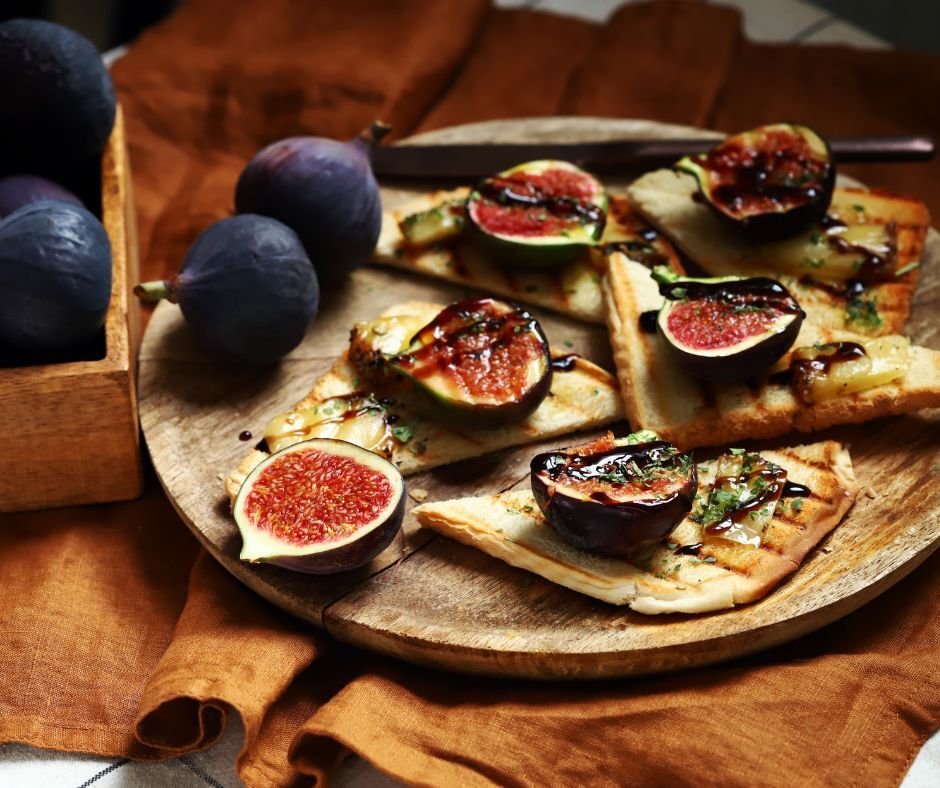
- Classic Pairings: Drizzled over Parmigiano-Reggiano, ripe strawberries, or vanilla gelato.
- Modern Uses: Finishing touch for grilled meats, seafood, roasted vegetables, and gourmet salads.
- Signature Dishes: Used in reductions, glazes, and even cocktails for depth and complexity.
- Pro Tip: A few drops of aged balsamic can transform even the simplest dish into an elegant experience.
- Look for: DOP (Denominazione di Origine Protetta) or IGP (Indicazione Geografica Protetta) seals for authenticity.
- Check the Label: “Aceto Balsamico Tradizionale di Modena” indicates traditional, barrel-aged vinegar.
- Price Reflects Quality: True traditional balsamic is an investment, reflecting years of craftsmanship.
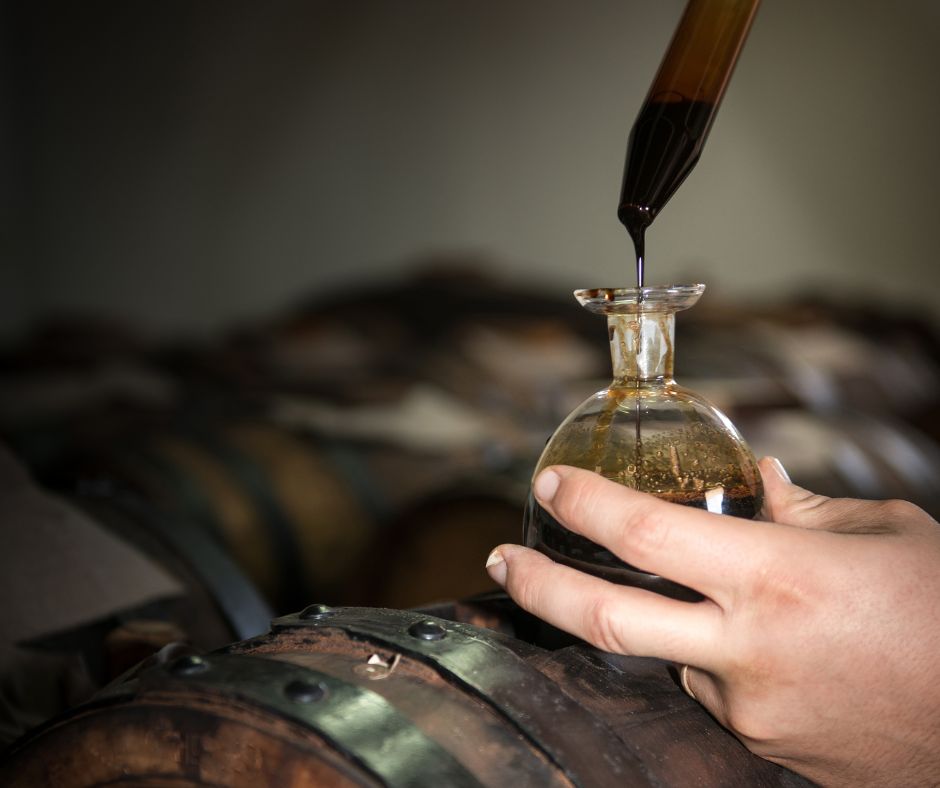
What is traditional Modena balsamic vinegar?
It is a vinegar made from cooked grape must, aged for years in wooden barrels in Modena or Reggio Emilia, following strict traditional methods.
How is balsamic vinegar different from regular vinegar?
Traditional balsamic is made from pure grape must and aged for years, while most commercial vinegars are blends of wine vinegar and a small percentage of grape must, often with added caramel color or thickeners, and are aged for a much shorter period—resulting in a sharper, less nuanced flavor.
How can I tell if balsamic vinegar is authentic?
Look for DOP or IGP seals and the phrase “Aceto Balsamico Tradizionale di Modena” on the label.
What dishes pair best with Modena balsamic?
It’s ideal for cheese, strawberries, gelato, grilled meats, salads, and even cocktails.
Why is aged balsamic vinegar more expensive?
It reflects the years of aging, craftsmanship, and the quality of grapes used in production.
- Can I cook with aged balsamic vinegar?
For best results, use aged balsamic as a finishing touch to preserve its nuanced flavors.

